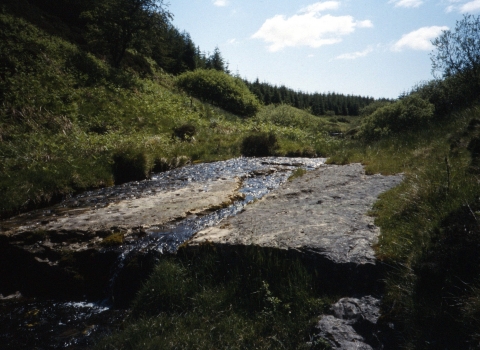Benshaw Moor. Image by: Duncan Hutt.
Location
Know before you go
Dogs
When to visit
Opening times
24/7/365Best time to visit
Spring to autumnAbout the reserve
A relatively new reserve for NWT, this interesting, large site, features multiple habitats thus attracting very rich wildlife. There is blanket bog with recorded peat depths of up to 4.5m (that’s 4500 years of peat formation), marshy grassland, acid flushes, transition mire and a mosaic of heathland and acid grassland. There are babbling burns, sprouting springs and even a limestone stepped waterfall.
There is an abundance of plants and animals, with dragonflies, rare butterflies, adders and otters present. Curlew, skylark and meadow pipit nest here and you can even catch a daytime glimpse of the yellow-eyed, short-eared owl as it hunts over the moorland. There are rare butterflies such as the small pearl-bordered fritillary and large heath. It is also a paradise for botanists – many plants with characterful names such as bogbean, butterwort, limestone bedstraw and grass of Parnassus. The bogs nurture their own specialists such as cranberry, sphagnum mosses and round-leaved sundew.
The reserve was purchased in May 2019 after public appeal raised over £75,000 and was added to a considerable amount of money from charitable trusts, businesses, private donations and a bequest by the late George Swan, emeritus professor of organic chemistry at Newcastle University. The bequest was specified for use in buying a site of botanical importance. Plans for the long-term management and visitor access arrangements for this reserve are in progress. Options being considered include areas of native woodland, and suitable levels of conservation grazing. These have been discussed at public consultation. Work has already been carried out to remove self-seeded Sitka spruce and the few damaging peatland drains will be blocked. We have also started undertaking surveys to understand the site and its wildlife better.



